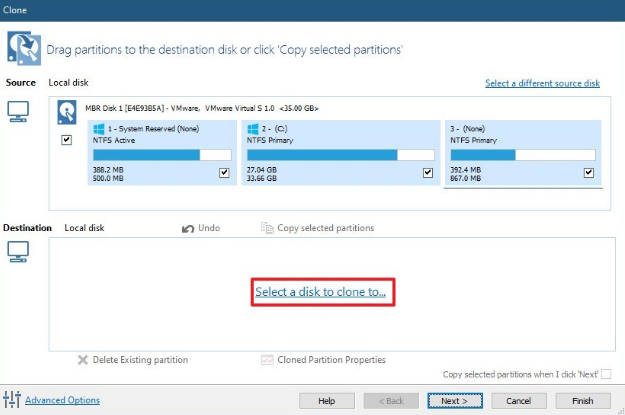


You don't need to format the SSD before you clone or restore onto it or do anything else to "prep" it prior to using Reflect with it, so you can skip that part. Then remove the SATA HDD and insert the formatted HP SSD and clone: source will be the file in my USB Seagate disk and target will be the formatted HP SSD. Then remove the HP formatted SSD and insert the SATA HDD and using Reflect I will clone the SATA HDD to my 1.5TB external USB Seagate disk. I will format the HP SSD to NTFS in my Lenovo and what I was thinking is:įirst I will connect the HP SSD to a gadget I have which accepts in one side a SATA disk and the other side goes to a USB, in this case my Lenovo laptop and format the HP SSD. The laptop with the SATA HDD is not working anymore so we plan to buy a 2nd hand HP laptop with a 150GB SSD and a temporary Windows10 pre-installed. The link you provided is good enough for me to go thru, thanks again. The existing HDD is 500GB and I plan to buy a same size SSD. It's for cloning a disk, but the process for an image restore is the same except the option in question is called "Restored Partition Properties" instead of "Cloned Partition Properties" as shown. If you're using Reflect V7, you can still resize partitions, but it takes a few more steps. If the SSD has a different capacity compared to the HDD and you've got Reflect V8, then the clone and image restore wizards have an enhanced Copy Partitions function that will automatically resize partitions to fit the smaller or larger disk. The end result will be the same it will just take longer since it's a two-step process. Otherwise, you can capture an image backup of the HDD to some other destination, such as an external hard drive, then install the SSD, boot into Rescue Media, and restore image backup onto the SSD. If you have a way to have both the HDD and SSD attached simultaneously, such as a SATA to USB adapter, then you can just perform a direct clone.


 0 kommentar(er)
0 kommentar(er)
